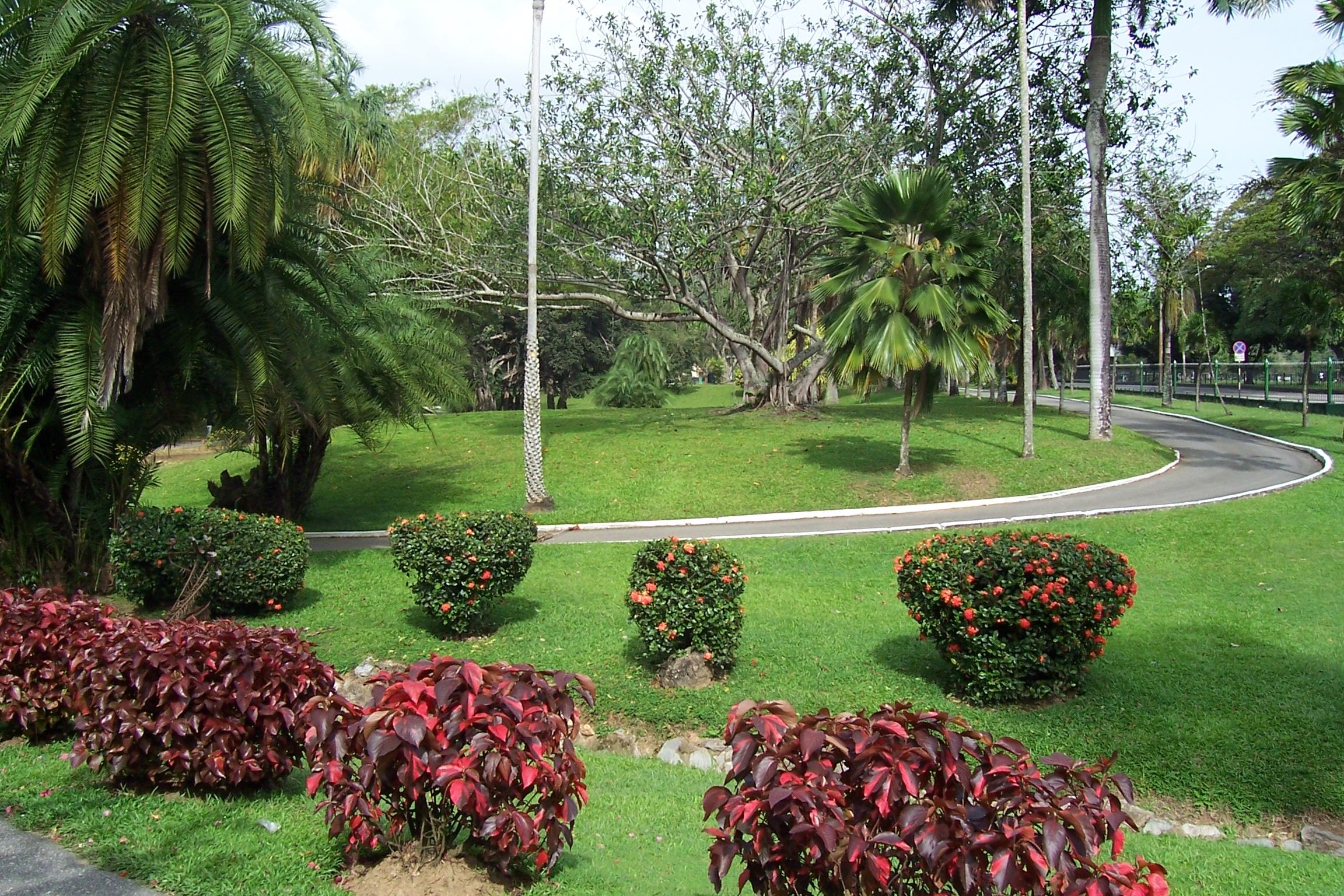First and foremost, 3D garden design offers a level of precision and accuracy that traditional 2D designs simply cannot match. With 3D software, you can create a detailed and three-dimensional representation of your garden, complete with exact measurements, foliage types, and structural elements. This level of detail allows you to see exactly how your garden will look once it is complete, enabling you to make informed decisions about layout, plant placement, and hardscaping features.
When it comes to choosing houseplants for your home, there are a wide variety of options to consider. Some popular choices include spider plants, peace lilies, snake plants, and pothos, all of which are known for their air-purifying qualities and ease of care. If you have limited space or sunlight, you may want to consider low-light plants such as philodendrons, ferns, or spider plants, which can thrive in darker conditions.
In addition to helping with planning and visualization, 3D garden design can also be a useful tool for communication. If you are working with a landscaper or garden designer, providing them with a 3D design of your vision can help ensure that everyone is on the same page. By sharing a realistic representation of your dream garden, you can avoid misunderstandings and ensure that your project is completed to your satisfaction.
When it comes to choosing a style for your garden, there are countless options to consider, from traditional English cottage gardens to sleek and modern designs. The style of the garden should reflect the personality and tastes of the homeowner, creating a space that is unique and individual.
Lighting is another important aspect of garden design, helping to create a welcoming and inviting atmosphere in the evening hours. Outdoor lighting can be used to highlight features such as plants, trees, and sculptures, and can also be used to illuminate pathways and seating areas, making the garden safe and easy to navigate after dark.
Furthermore, houseplants can also have physical health benefits. For example, some plants, such as aloe vera and lavender, have been used for centuries for their medicinal properties. Aloe vera is known for its healing properties and can be applied topically to soothe burns and cuts, while lavender has a calming effect and is often used in aromatherapy to promote relaxation and improve sleep. Having these plants in your home can provide a natural and effective way to treat minor ailments and promote overall well-being.
One of the key advantages of 3D garden design is the ability to incorporate different elements into your design that are difficult to visualize in 2D. For example, you can experiment with different lighting schemes, water features, and outdoor furniture placement to create a truly immersive and inviting outdoor space. By seeing these elements in 3D, you can make informed decisions about how to best enhance your garden and make it a true extension of your home.
Another important aspect of garden design is the choice of plants and landscaping materials. The plants chosen for the garden should be appropriate for the climate and soil conditions, and should be selected based on their aesthetic appeal, as well as their ability to thrive in the local environment. Landscaping materials, such as paving stones, decking, and decorative features, should complement the overall design of the garden and create a harmonious and cohesive look.
Caring for tropical houseplants is relatively easy, as long as you provide them with the right conditions and attention. Most tropical plants prefer bright, indirect light, so be sure to place them in a spot where they will receive plenty of natural light without being exposed to harsh sunlight. Watering requirements vary from plant to plant, but in general, it's best to water tropical plants when the top inch of soil is dry to the touch.
In conclusion, houseplants are not only a beautiful addition to any home, but they also have a myriad of benefits for your physical and mental well-being. From improving air quality and reducing stress to boosting productivity and promoting healing, incorporating plants into your living space can have a positive impact on your overall health and happiness. So why not bring a little bit of nature indoors and reap the many rewards that houseplants have to offer?
 One of the most well-known benefits of houseplants is their ability to improve air quality. Plants take in carbon dioxide and release oxygen through the process of photosynthesis, which means they can help to freshen up the air in your home. In addition, some houseplants have been shown to filter out harmful toxins such as formaldehyde, benzene, and trichloroethylene, which are commonly found in household products and can contribute to indoor air pollution.
One of the most well-known benefits of houseplants is their ability to improve air quality. Plants take in carbon dioxide and release oxygen through the process of photosynthesis, which means they can help to freshen up the air in your home. In addition, some houseplants have been shown to filter out harmful toxins such as formaldehyde, benzene, and trichloroethylene, which are commonly found in household products and can contribute to indoor air pollution.
Not only do houseplants help to clean the air, but they can also help to boost your mood and reduce stress. Studies have shown that being around plants can have a calming effect on the mind, which can be especially beneficial in today's fast-paced and often stressful world. In fact, simply looking at a plant can help to lower your blood pressure and increase feelings of relaxation and well-being.